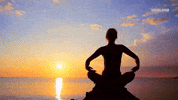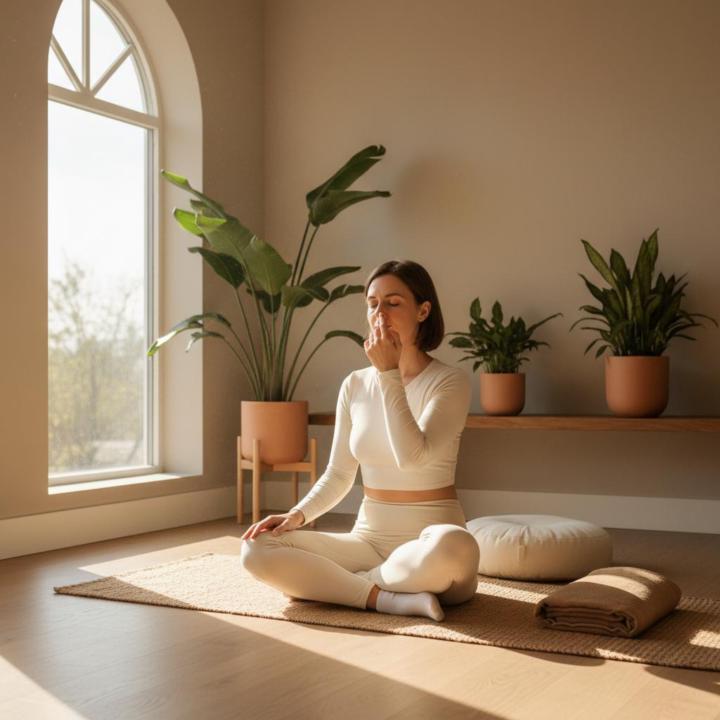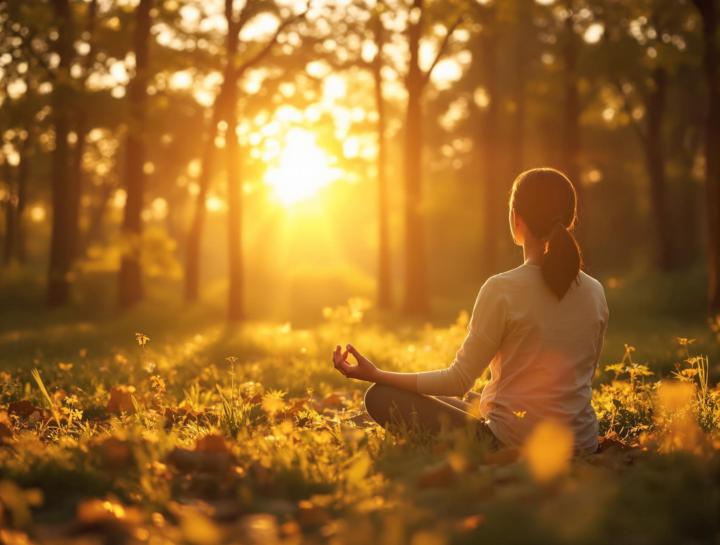The Relaxation Response: A Simple Daily Practice to Reset Your Nervous System
If stress is your body’s gas pedal, the relaxation response is the brake. First described by Dr. Herbert Benson, this response is your built-in ability to shift from fight-or-flight into rest-and-digest. In Energy Cultivation, we activate it deliberately—through breath, focus, posture, and a little consistency—so you can move through your day with clarity, steadiness, and ease. What is the relaxation response? It’s a measurable shift in your physiology: heart rate slows, muscles unclench, breathing deepens, blood pressure normalizes, digestion and immune function improve. It’s not “zoning out.” It’s an alert calm: grounded, present, responsive. It’s trainable. Like any skill, the more often you practice it, the faster and more reliably it turns on. Why it matters for modern stress Constant alerts, deadlines, and overthinking keep the sympathetic nervous system “on.” That drains your energy, shortens your patience, and fogs your focus. When you activate the relaxation response, you reclaim energy, sleep deeper, think clearer, and recover faster from workouts and life. A 6-minute practice you can do anywhere Try this once or twice daily for one week. No equipment—just your breath and attention. Step 1: Posture (30 seconds) Sit or stand tall: crown lifts, chin slightly tucked, shoulders soft, belly relaxed. Place one hand over the lower belly, one over the heart. Step 2: Anchor word (15 seconds) Choose a simple word or phrase you’ll repeat silently: “Calm,” “Relax,” or “I am here.” Keep it neutral and kind. Step 3: Breath pattern (3 minutes) Inhale through the nose for 4 Exhale through the nose for 6 to 8 Let the belly expand on the inhale, soften on the exhale. On each exhale, silently repeat your anchor word or phrase. Step 4: Body scan release (90 seconds) Scan from forehead to feet. On each out-breath, soften one area: eyes, jaw, throat, chest, belly, hips, knees, feet. If you notice tightness, breathe “around” the area—no forcing. Step 5: Finish with focus (45 seconds)

Have you tried Pranayama?
When we talk about true energy cultivation, few practices are as foundational—or as transformative—as Pranayama. Rooted in the yogic tradition, Pranayama goes far beyond simple deep breathing. It’s the conscious regulation of the life force (prana) through specific, time-tested techniques. What is Pranayama? Pranayama is a Sanskrit term: Prana = life force or vital energy Ayama = to extend or draw out In practice, Pranayama is about controlling the breath to purify the mind and body, balance the nervous system, and awaken deeper levels of consciousness. Why Practice Pranayama? Balances Energy Channels: Clears blockages in the nadis (energy pathways), supporting holistic health. Calms the Mind: Reduces anxiety, restlessness, and overthinking. Supports Meditation: Prepares the mind for deeper meditative states. Boosts Vitality: Increases your capacity to handle stress and enhances overall well-being. Essential Pranayama Technique: Nadi Shodhana (Alternate Nostril Breathing) This classic practice helps balance the left and right hemispheres of the brain and harmonizes the body’s energy. How to Practice Nadi Shodhana: Sit comfortably with your spine straight and shoulders relaxed. Use your right thumb to gently close your right nostril. Inhale slowly and deeply through your left nostril. Close your left nostril with your ring finger, release your right nostril, and exhale through the right. Inhale through the right nostril. Close the right nostril, open the left, and exhale through the left. That’s one round. Continue for 5–10 rounds, moving slowly and mindfully. Tips: Breathe quietly, without strain. Keep your attention on the flow of breath and the sensation in your body. Integrating Pranayama into Your Life Practice in the morning to set a calm, focused tone for your day. Use it as a reset during moments of stress or overwhelm. Pair with meditation or gentle movement for deeper benefits. Ready to Experience the Power of Breath? At Skool EC, Pranayama is woven into our holistic programs—from Yoga to self-healing and meditation. Whether you’re a beginner or looking to deepen your practice, you’ll find expert guidance and a supportive community here.

There is no mind to clear but only understanding.
over 15 years i've spent my time trying to ignore my mind, but coming to countless chats with my highschool buddy who is a behavior analyist i've now realized the mind has to understand to come to true silence.
Technique & Training 🥋✨
🌟 Master Your Energy 🌟 Did you know that cultivating energy isn't just about physical movement but also about aligning your mind and spirit? 🧘♂️💫 💡 Today's Tip: Practice the 'Golden Sun Meditation' to recharge your inner energy. Visualize a warm golden sun above you, pouring its light into your body, energizing every cell. Feel the connection between the cosmos and your inner being. 🌞✨ 🔗 Ready to take your energy mastery to the next level? Join our Kung Fu, Tai Chi, and Yoga classes—virtual or in-person! DM us to learn more. 💬 #MindBodySpirit #EnergyCultivation #KungFu #TaiChi #Yoga #Meditation
7
0

Types of meditation you practice?
While I practiced Qi Gong and Nei Gong before I never really got to meditate outside of retreats (where we focused on breathing and keeping an empty mind only, or focusing on one thing without thoughts. What is your fav technique? What are the types of meditation you tried? What do you recommend for people with overactive mind that find it hard to quieten it? Any input welcome. PS. After reading David Lynch's book - catching big fish I want to try transcendental meditation, but not sure how.
1-8 of 8

skool.com/energycultivation
A Community Dedicated to Self-Mastery Through Martial Arts and Holistic Practices. 💛🙏
Powered by




